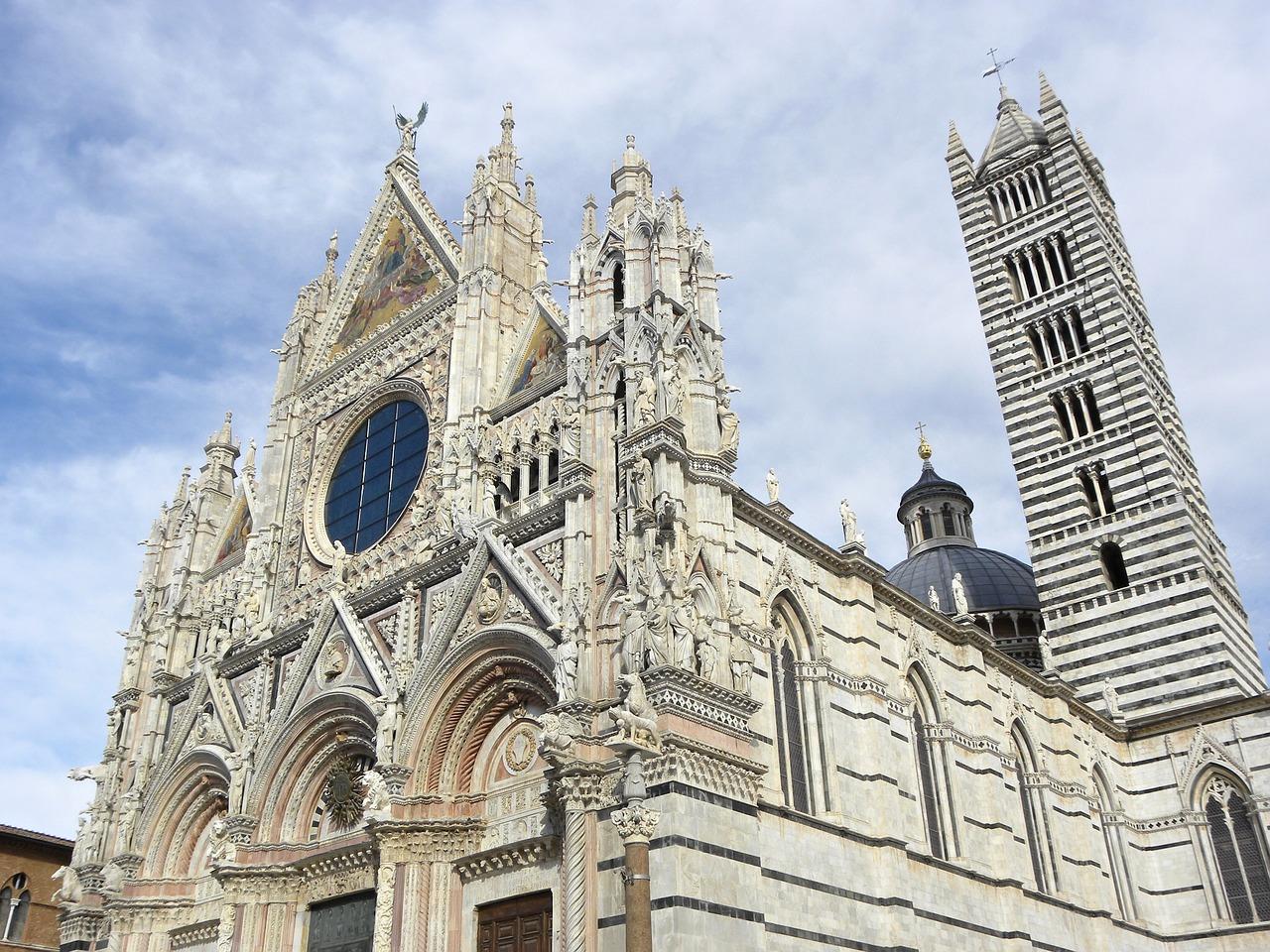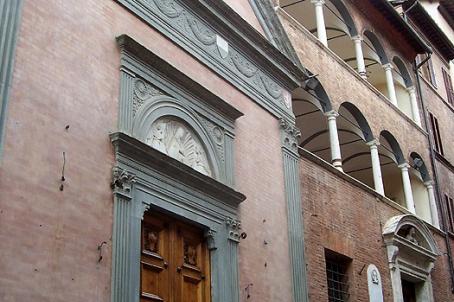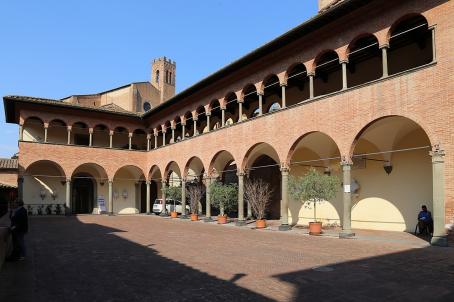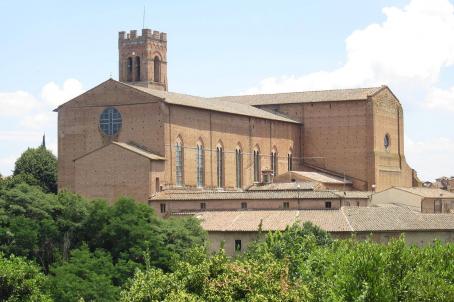Siena Cathedral
The Cathedral of Santa Maria Assunta was built in the 13th century in the Romanesque-Gothic Italian style. It is famous for its intensive use of marble marquetry. An enlargement of the church took place in the 14th century, but was abandoned with its failure. As part of Historic Centre of Siena, the cathedral is a UNESCO World Heritage Site.
About this building
The origins of the cathedral may date back to the 9th century, when a Christian religious building was built on a hypothetical temple of Minerva. However, the founding date of the original church on the site remains unclear.
Thanks to the Biccherna, the chancery of the finances of Siena (13th-14th centuries), it is easier to trace the construction of the church from the 13th century. In the thirteenth century, construction works began with the old cathedral, its campanile, its dome and its famous black and white marbles (black and white are the colours of the city). The careful carving work on the facade was carried out later (between 1299 and 1317) in the second half of the 14th century.
While the wealth of the city grew in the fourteenth century, Siena wanted to expand its cathedral, which would be equivalent to that of Florence. Extensions were therefore planned, but they suffered numerous interruptions due to the plague (in 1348 killing 30 to 50% of the population of Siena). In 1357, work was interrupted in order to finish the old cathedral, which was completed in 1370. Traces of the new cathedral remain, as the “facciatone” accessible to tourists.
At the turning point between the 15th and the 16th century, the church was again renovated and enlarged. Parallel to the north wall of the cathedral, the Piccolomini Library was built, and the floor of the cathedral became encrusted with marble mosaic.
In 1870, a fire destroyed the exterior wooden dome and part of the wooden roof of the nave that was restored.






